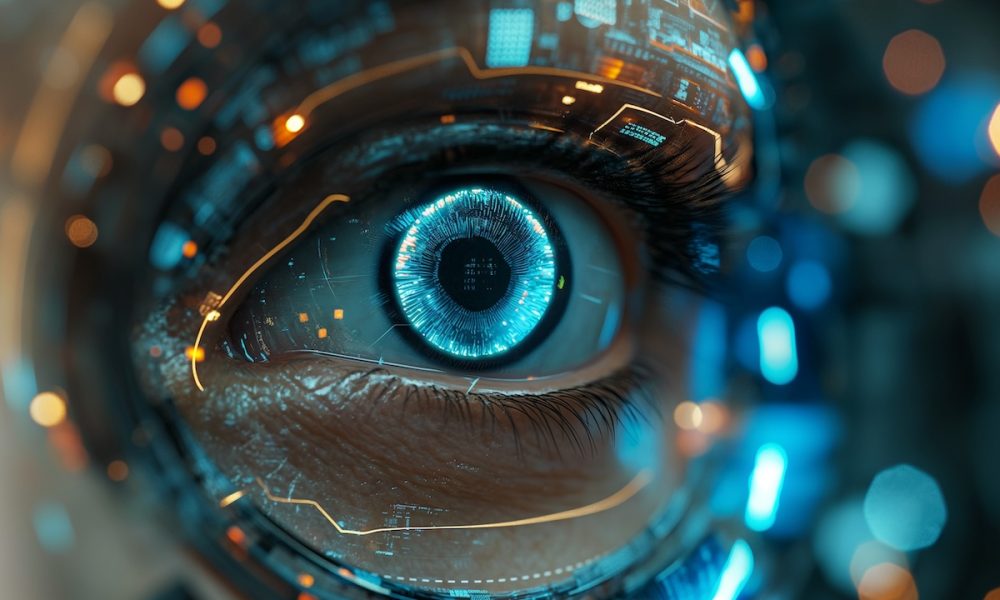
A world of colour and texture could soon become more accessible to people who are blind or have low vision through new software that narrates what a camera records.
The tool, called WorldScribe, was designed by University of Michigan researchers and will be presented at the ACM Symposium on User Interface Software and Technology in Pittsburgh next week.
The tool uses generative AI (GenAI) language models to interpret the camera images and produce text and audio descriptions in real time to help users become aware of their surroundings more quickly.
It can adjust the level of detail based on the user’s commands or the length of time that an object is in the camera frame, and the volume automatically adapts to noisy environments like crowded rooms, busy streets and loud music.
Sam Rau, who was born blind and participated in the WorldScribe trial study, said: “For us blind people, this could really revolutionize the ways in which we work with the world in everyday life.
“I don’t have any concept of sight, but when I tried the tool, I got a picture of the real world, and I got excited by all the colour and texture that I wouldn’t have any access to otherwise.
“As a blind person, we’re sort of filling in the picture of what’s going on around us piece by piece, and it can take a lot of mental effort to create a bigger picture.
“But this tool can help us have the information right away, and in my opinion, helps us to just focus on being human rather than figuring out what’s going on.
“I don’t know if I can even impart in words what a huge miracle that truly is for us.”
During the trial study, Rau donned a headset equipped with a smartphone and walked around the research lab.
The phone camera wirelessly transferred the images to a server, which almost instantly generated text and audio descriptions of objects in the camera frame: a laptop on a desk, a pile of papers, a TV and paintings mounted on the wall nearby.
The descriptions constantly changed to match whatever was in view of the camera, prioritising objects that were closest to Rau.
A brief glance at a desk produced a simple one-word description, but a longer inspection yielded information about the folders and papers arranged on top.
The tool can adjust the level of detail in its descriptions by switching between three different AI language models.
The YOLO World model quickly generates very simple descriptions of objects that briefly appear in the camera frame.
Detailed descriptions of objects that remain in frame for a longer period of time are handled by GPT-4, the model behind ChatGPT.
Another model, Moondream, provides an intermediate level of detail.
Anhong Guo is an assistant professor of computer science and engineering and a corresponding author of the study.
The researcher said: “Many of the existing assistive technologies that leverage AI focus on specific tasks or require some sort of turn-by-turn interaction.
“For example, you take a picture, then get some result.
“Providing rich and detailed descriptions for a live experience is a grand challenge for accessibility tools.
“We saw an opportunity to use the increasingly capable AI models to create automated and adaptive descriptions in real-time.”
Because it relies on GenAI, WorldScribe can also respond to user-provided tasks or queries, such as prioritising descriptions of any objects that the user asked the tool to find.
Some study participants noted that the tool had trouble detecting certain objects, such as an eyedropper bottle, however.
Rau says the tool is still a bit clunky for everyday use in its current state, but says he would use it everyday if it could be integrated into smart glasses or another wearable device.




